We take a look behind the scenes of the blockbuster hit “IT: Chapter 2” to talk with editor Jason Ballantine about the making of movie magic.
The room is dark and quiet, but not without sound. There’s a soft buzz coming from a computer and dual speakers. Two floor lamps illuminate a wall covered with images of terror. There are three leather bound chairs and a couch, all currently vacant. However, there is a single chair in this room that isn’t vacant. Click, click, clickety – clack. A man’s fingers press down on a keyboard with precision and ease. The chair he sits on whines as the man leans back. He presses the spacebar down, and the video begins to play. His eyes harden, and he stares – contemplating how many frames to show of Pennywise on this particular shot…
Jason Ballantine is an accomplished film editor. He was the editor of IT (2017) and came back for round two, with IT: CHAPTER TWO. His other credits include: Wolf Creek, Rogue, Prom Night (2008), and The Great Gatsby. He is incredibly skilled at not only piecing together a story, but also at crafting memorable character moments.
I don’t think editor’s often get the praise they deserve. There are crucial decisions being made at every cut, every shot, and every scene, that ripple through the film. These choices shape the entire viewer experience. IT: Chapter Two has a seemingly simple plot, but a very complex structure with an ensemble of characters to juggle.
Read on to shed some light on his process, and what it took to assemble IT Chapter Two.
INTERVIEW WITH EDITOR JASON BALLANTINE
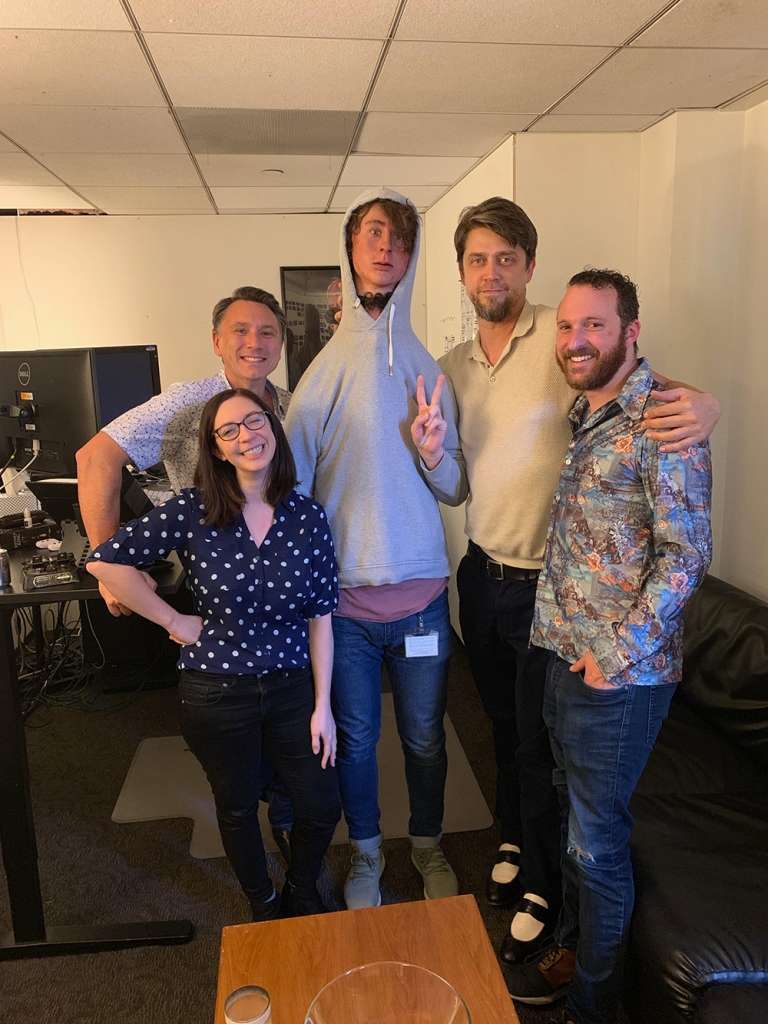
(L to R) 1st Assistant Editor Esther Sokolow, Editor Jason Ballantine, 2nd Assistant Editor Brad Stencil (with Stan head), Director Andy Muschietti and VFX Producer Jimmy Uddo
1. First off, congratulations on becoming a member of ACE! I saw that between this movie and the sequel, you were able to add that to your title, along with your Australian screen editor membership. That’s a huge accomplishment for an editor!
Hey, thanks for noticing Jeremy! Yes, I’m very proud to wear the badge. A nice acknowledgement from peers.
2. The initial teaser, featuring the creepy scene with Mrs. Kersh, completely grabbed my attention. It’s not typical to feature so much of a scene for the trailer, but I thought it was highly effective — especially with the incredible reveal in the movie! I know that the trailer company is usually a separate unit from the film’s post-production team, but do you know how they arrived at the decision to use it?
Yes, it was an unconventional decision by Warner Bros marketing for the first trailer drop. I guess the scene is appealing for many reasons in a stand alone consideration.
It starts as a normal setting, the audience leans in. Starts to get a bit weird, then more weird, then … cuts to black. No spoiler alerts from the trailer for what we now know is in the film. I presume marketing were also keen to show Jessica Chastain in the lead role of adult Beverly.
3. I saw in a previous interview that you look at the first movie as a “coming of age” film, which makes perfect sense. Now that the Losers’ Club is all grown up, how do you see this movie?
My thoughts on the first film were more a deflection from people expecting the film to be a straight out gratuitous horror. Both films are way more character deep and rewarding. The sequel is more about facing fears, re-correcting the experiences of your childhood into finding yourself as an adult.
4. I’m assuming you received dailies while the movie was being shot, and you edited through principal photography. After production wrapped, how much longer were you able to spend on the edit?
The film shot in Toronto, the summer of 2018, for 17 weeks. I was based there with my 1st Assistant Editor Esther Sokolow and two local Assistant Editors. We were receiving anywhere from 4 to 8 hours of footage each day. It took a lot of effort to assemble during the shoot whilst also providing feedback to Andy (the Director), requests from set, as well as start the turnover of VFX plates. After shooting wrapped, we moved back to Warner Bros in Los Angeles and continued post for a further 9 months. This sequel was all done for me in 13 months, same as the first film.
5. The scale of this film is epic, much more action and craziness than the first movie. The thing that worked so well in the first chapter was the continuous rise and fall of the tension. With this one, you still have that, but at a much faster pace. How was the editing different for you, with such a dynamic plot?
With 7 main child roles, that again for the adults and of course Pennywise, it meant many characters needed to be kept afloat (pardon the pun). As you said, the story and sequencing was a grander scale. Interestingly though, the tone of this film remained the same. The balance between character sincerity, suspense, action and comedic relief moments is what I think is the unique strength of both films.
6. I’m assuming you used notecards to help with structure again?
Yes, my favorite visual aid is scene cards stuck on a wall. Once you’re clear on all the intricacies of the story, it’s easy to see how scenes can be rearranged or even deleted for the film’s overall benefit. We had a color system with stickers too that helped give an overall perspective to how present Pennywise was in the film, when the 1989 flashbacks were positioned, etc.
7. Was it always the plan to use Mike’s VO in the beginning of the movie?
Yes, the film was scripted to open with Mike’s VO, however it wasn’t scripted to open on the final scene of the first film. I thought it would be nice to open with what the audience last recalled. The great element of that scene is it reminds us of the blood oath … “if IT ever comes back, we’ll come back too”. Mike is the best person to drive the narrative as he’s the one character who hasn’t forgotten the first IT encounter, having never left Derry.
8. The first act cruises to recap the blood pact, Pennywise’s return, and the introduction of each character, now 27 years older. It’s a lot to pack in before the characters reunite and the movie really takes off. Was the script this tight to begin with, or was there a lot done in editing to speed things up?
Andy and I were very aware of reintroducing the adults and getting them to Derry as soon as possible. Of course the audience would have interest in what each adult has made of their lives since. We needed to spend time with adult Stan as this was his only scene and needed to have emotional resonance for the rest of the film. We couldn’t rush him too much. There were a few deleted scenes in the first act to help move us forward. The scene of young Victoria meeting her demise with Pennywise under the bleachers was scripted earlier, but again wanting to clear a path to meeting all the adults, we delayed this scene.
9. The first movie has humor layered throughout, and this time around, it feels like there’s even more. This, of course, works well to ease up on the tension. One of my favorite editing moments from the first film was the New Kids on the Block poster reveal. In Ch 2, you have a similar moment of creative genius when Eddie is fighting with the leper, and just as the tension peaks, the leper projectile vomits into Eddie’s face, and Juice Newton’s “Angel of the Morning” plays! Explain how that decision was arrived at.
The “Angel of the morning” moment is 100% the mind of Andy. He had the idea of an 80’s power ballad to blurt out amongst the vomit. We did try different needle drops. I thought Bon Jovi’s “Bad Medicine” could have been fun too, given Eddie’s germaphobic ways. The studio were unsure of this moment. At one point we trialed just score and even no music at all. Thankfully, Andy won that battle. It’s the absurdity of moments like that which makes the film a fun ride. For the record, I’ll claim the idea of NKOTB poster reveal in the first film, as well as “Bust a Move” whilst sun-baking.
10. Because this movie is directly linked to the first, you have footage not only from the first chapter, but also a lot of new scenes with the kids. Were there moments that weren’t planned, where you had to use additional shots from the first movie?
The only two scenes reprised from the first film were the opening blood oath and the street fight (young Bill punching young Richie). I did slightly alter both of these scenes from their original version. All the other 1989 flashback scenes in the sequel were purposefully shot, requiring de-aging of some cast members and voice pitch correction.
11. Back to the large scope, there were a lot of VFX in the first film, but this movie had a whole lot more. How many were there, and how did it affect the way you put the movie together?
The scale of VFX in the film was obviously grand. The entire cavern sequence was shot with a cardboard cutout of a Pennywise head on a stick for cast member eyelines. Of course the finish is an amazing Spider Pennywise beautifully integrated amongst the practical on-set strobe lighting. From an editing standpoint, it just meant we had to fine cut the tail of the film first to give VFX the required lead time to complete shots. There were around 1,600 shots throughout the film, from the above to simple wire removals.
12. The transitions in this movie are fantastic, and really help cleverly move between characters, particularly in the first act with stars in the sky turning into puzzle pieces, and the blood dripping off the hand in the tub – across the floor – and eventually plopping on Beverly’s face. I’d assume those had to be planned before principal photography, but what was it like working with those elements, and other means of jumping between characters throughout the film?
The best transitions in this film (and any film) are those preconceived. Nothing excites me more than to have an in-camera transition. Of course the two scenes need to be stitched, but the result is to be seamless. Andy had given all those moments a lot of care. My favorite series of time jumps is inside the clubhouse for exactly this reason. Even the hard cut from young Bev to adult Bev “Stan don’t be so … sad” was designed.
13. There are so many great moments in this movie, it’d be hard to pick a favorite… What was your favorite scene to edit?
My favorite scene to edit was probably the Second Hand Rose, simply because it was Stephen King. There was a lot of playfulness in there. Even the cut to the following scene (Bill on Silver) makes me laugh. The most interesting edit task was intercutting all the different action threads in the cavern — Bill/Eddie three doors, Bill with Bill in watery basement, Ben buried whilst Bev drowning, etc.
14. Is there anything else you’d like to add about the process?
A film like this takes a lot of energy and a team contribution. The final film, even at its long length, represents less than 1% of the shot material. All departments were effectively making two films in the time frame of one schedule. It was the direct support of my Assistant Editors (Esther Sokolow, Brad Stencil, Ellis Bourgoujian, Dawn Stoliar and Brendan Hills), Music Editor Lise Richardson, VFX Editors Danny Walker, Greg Reed, Additional Editor Peter Elliot and Post Production Supervisor Darin Read who got us across the line and in cinemas on time!


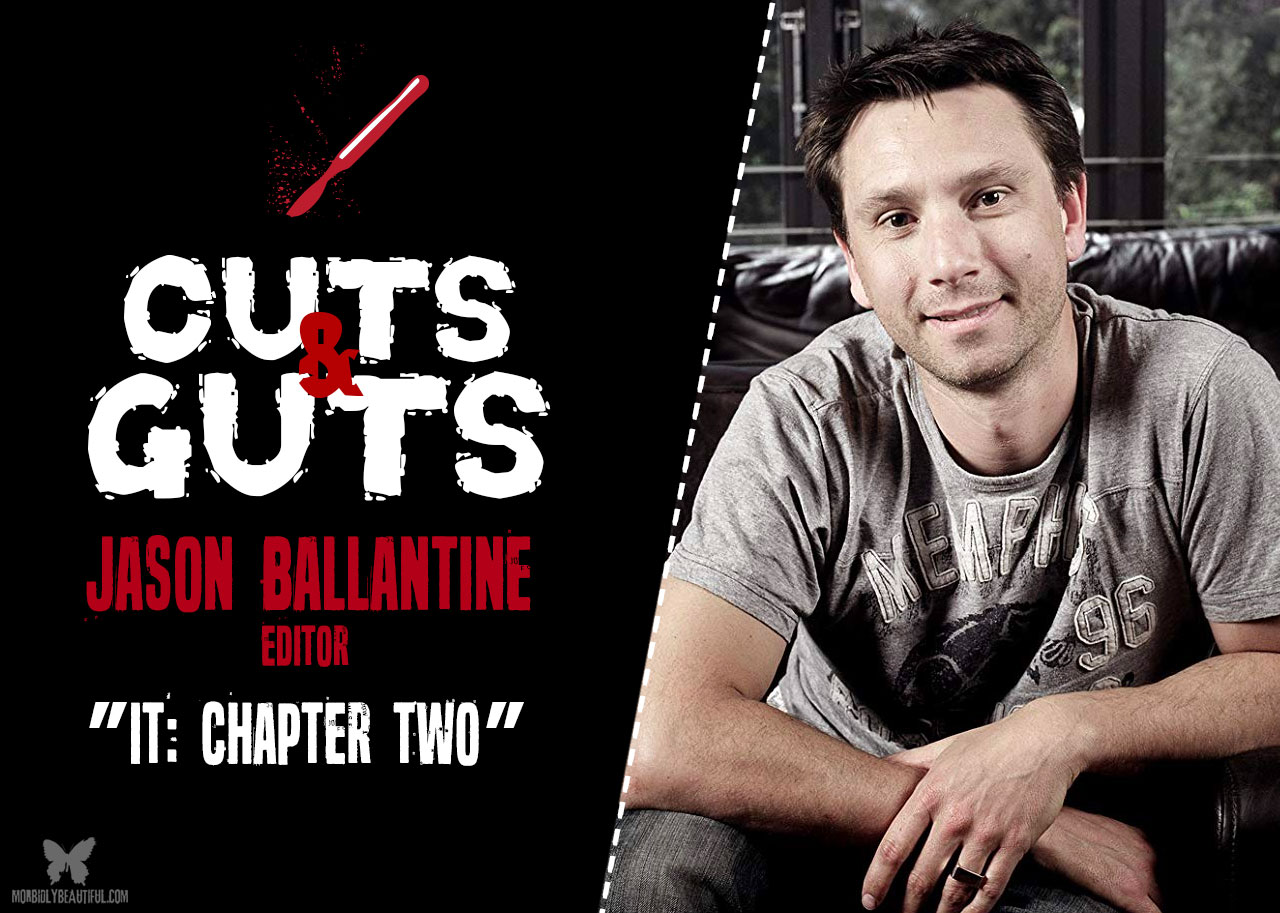
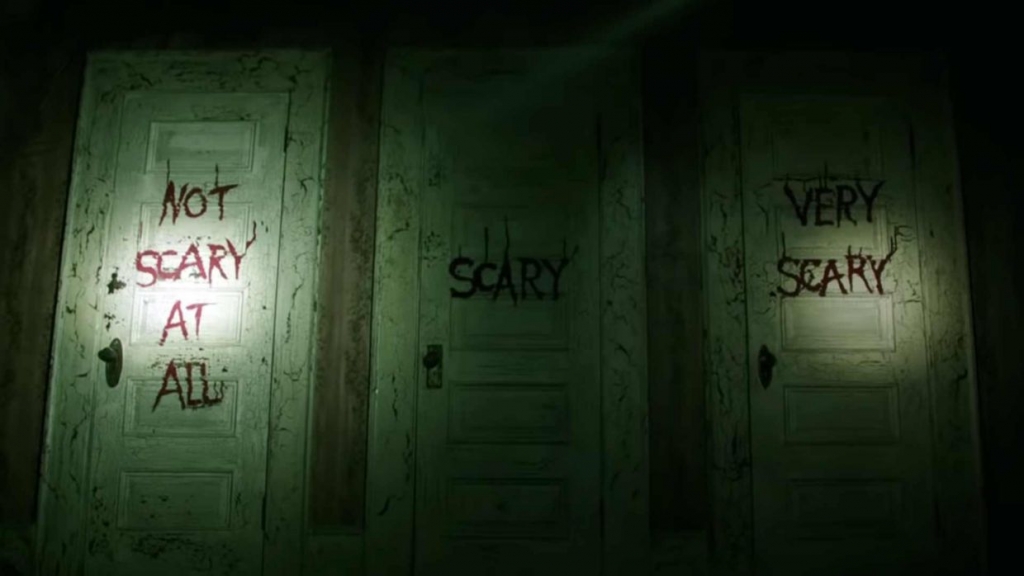

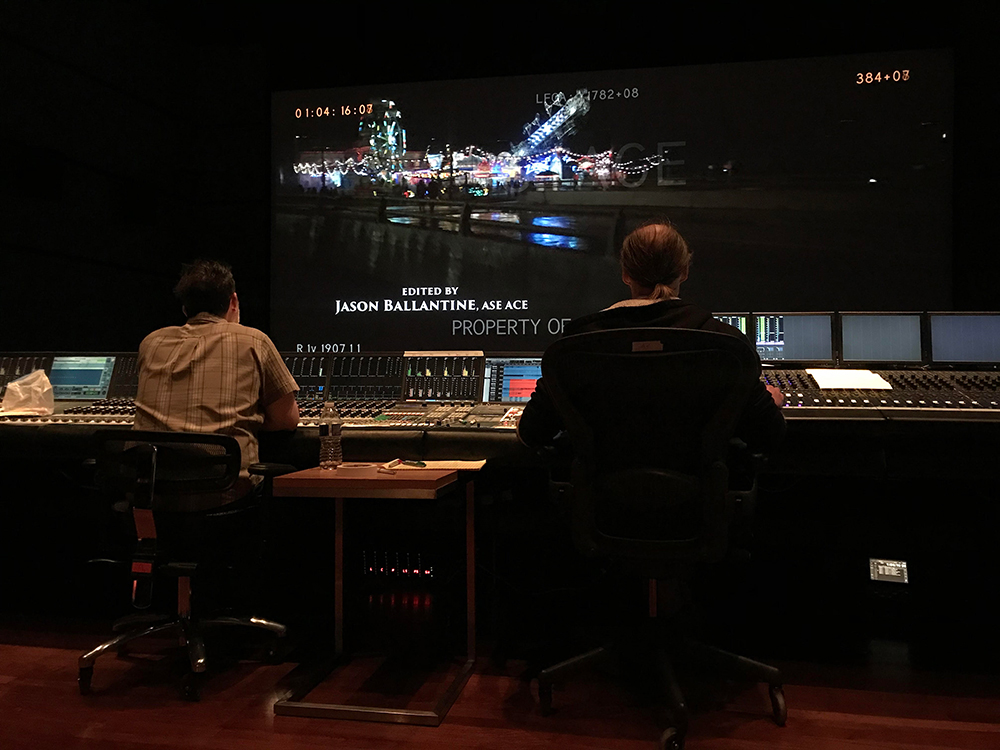
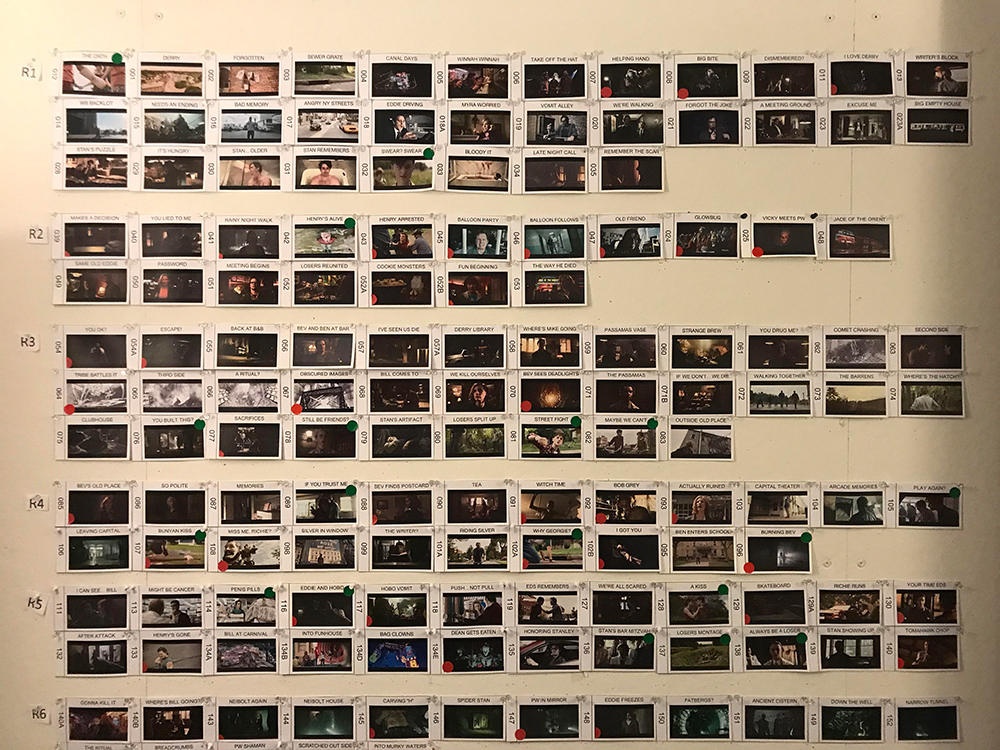

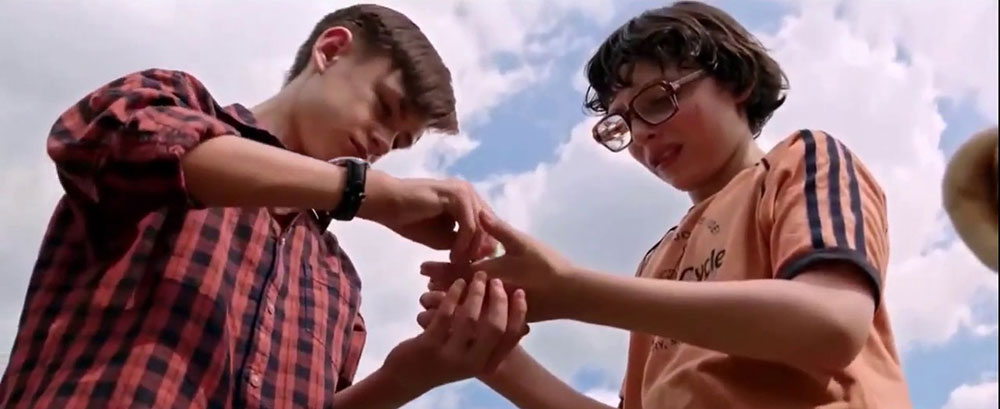
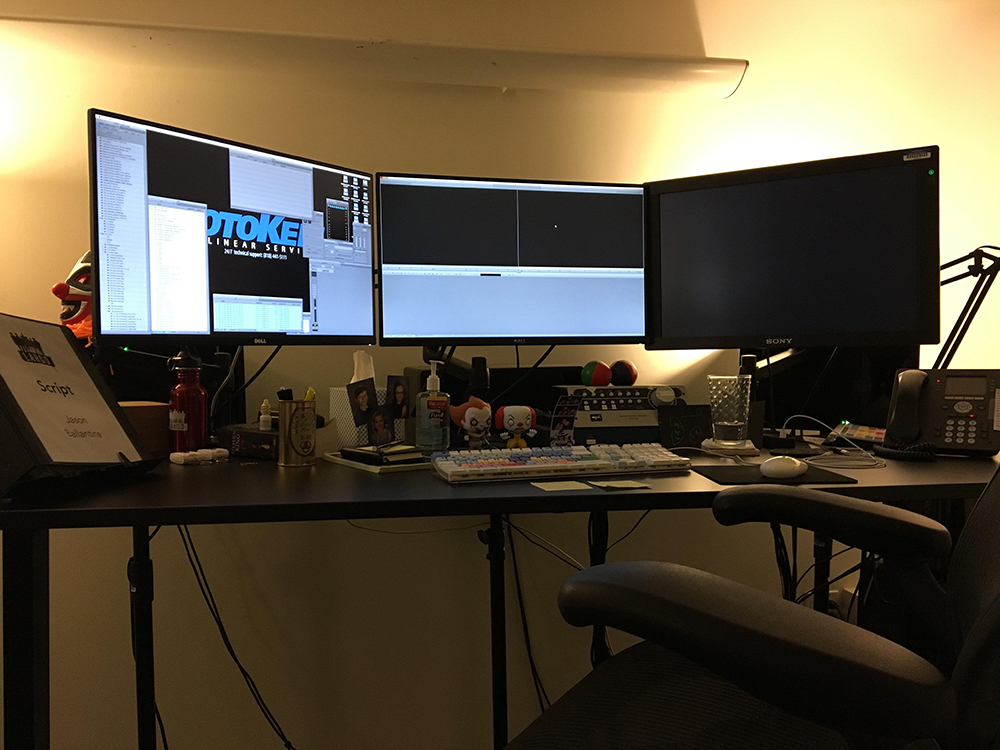
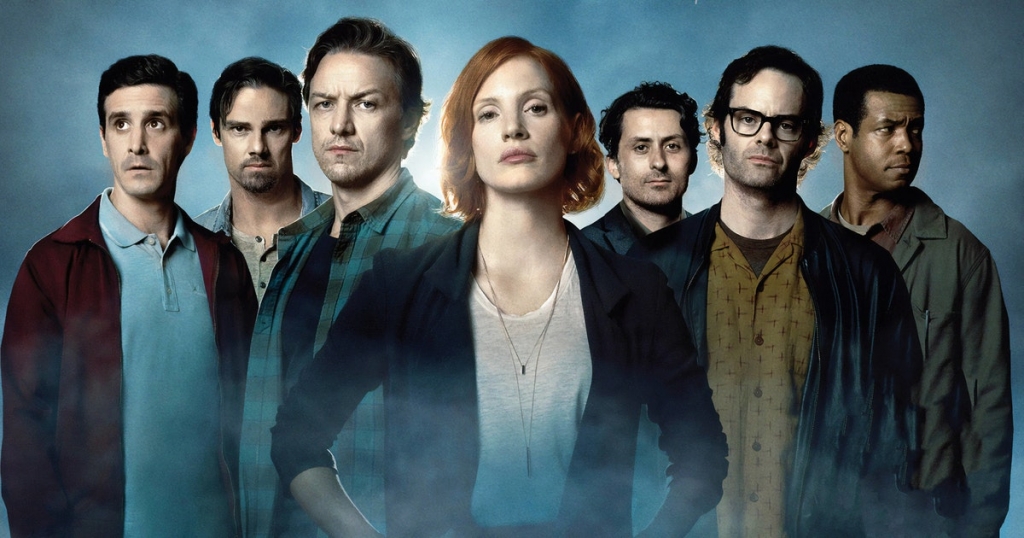
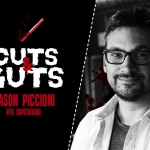

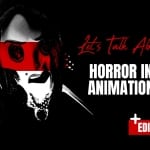
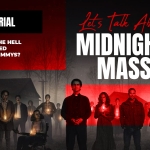






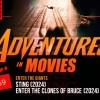

Follow Us!